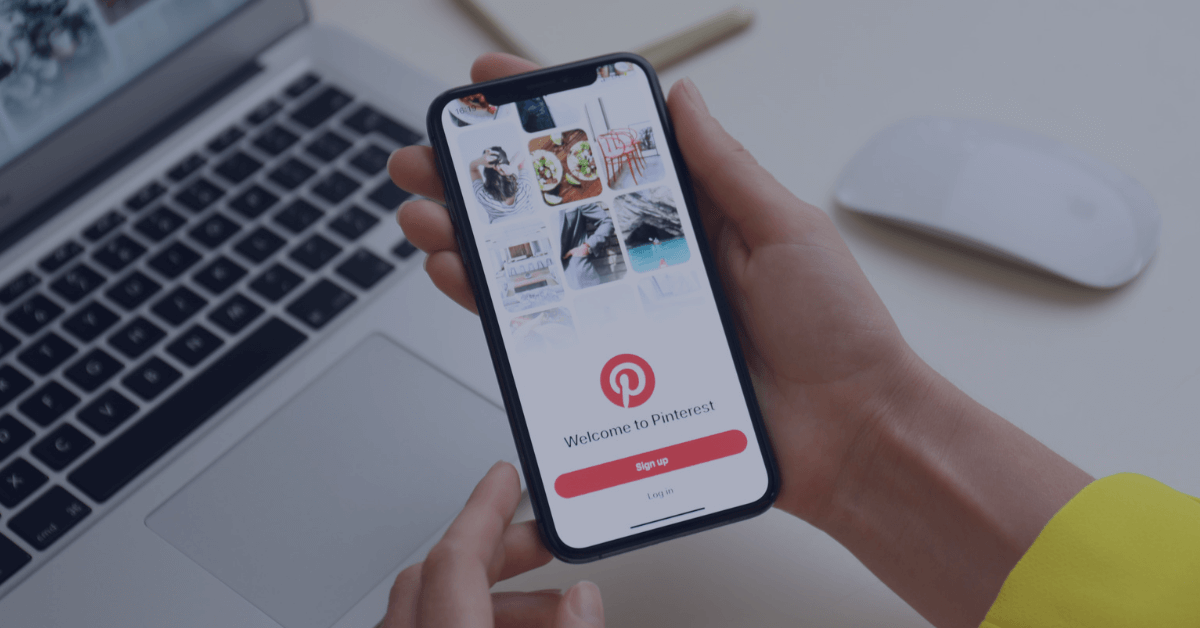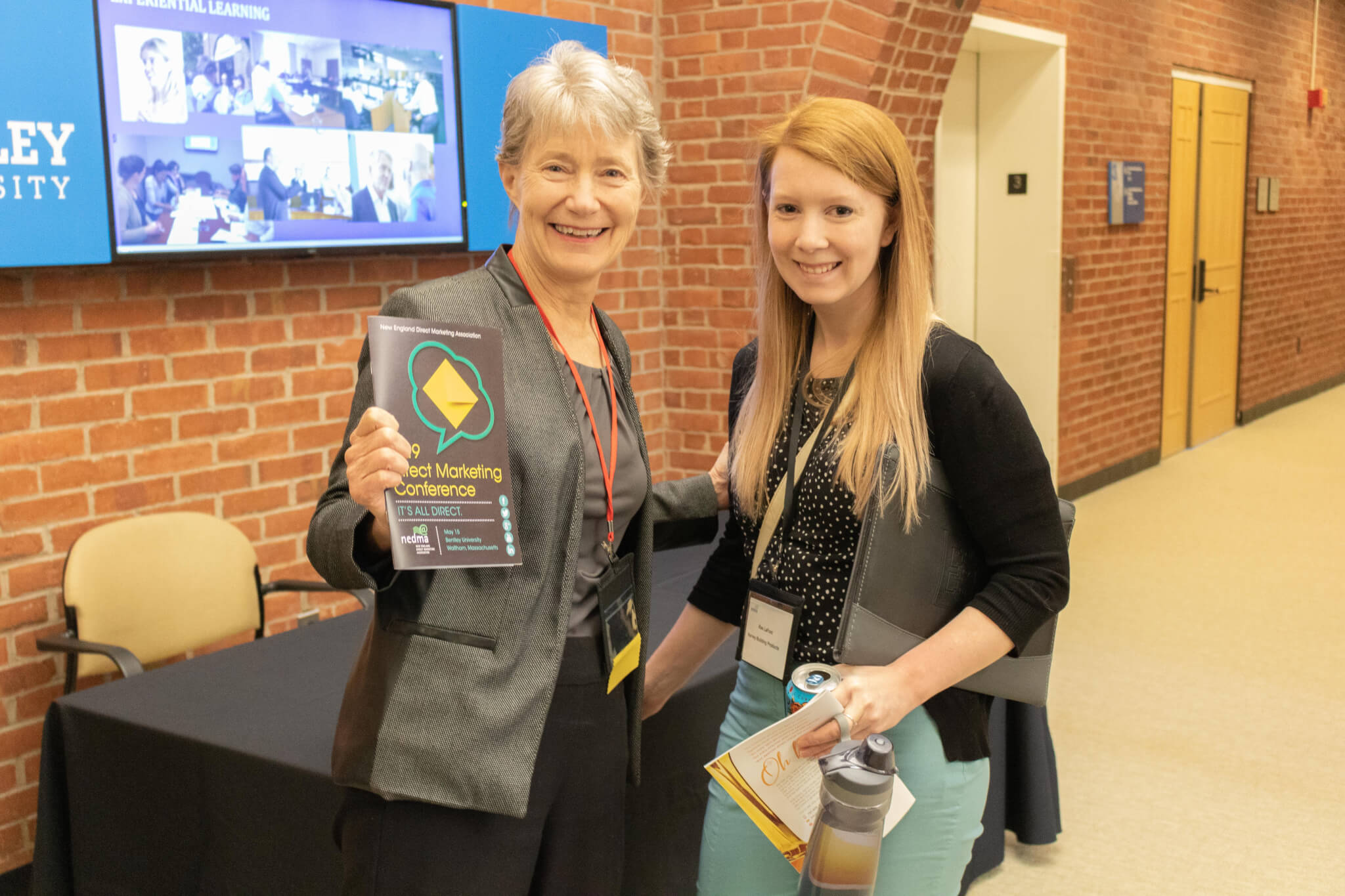So, first some quick words on the brilliance of Groupon and then an exploration of its revenue model. What a deal for the advertiser, right? They pay nothing up front, Groupon pays them from the proceeds of the sale, they pay in product (so it is a trade deal) and pick up new customers, and, like all gift cards, some numbers are never redeemed. It’s like a newspaper coming to a business and saying “Hey, let me pay your business owner to advertise with me” – brilliant! No wonder businesses are flocking to Groupon, and in many cities there is a huge waiting list.
With that kind of attraction it’s easy to see how Groupon is being touted as the most successful dot com ever. I heard a speaker at this year’s MITX Interactive Awards say the company has over $750 million in revenue. On top of that, it carries no inventory, needs very little customer service, doesn’t need to advertise, and its technology at its inception was pretty simple. It’s easy to see why so many other established and new players are entering the space.
So let’s look at a couple Groupon deals and count their money. It’s important to point out that the one deal per city thing has gone away and Groupon seems to be mopping up on three levels: national (like the Gap deal that brought in $11 million in one day), metro (like the Boston area), and local (like Natick, MA). My math comes from the fact that most of these deals are based on a 50/50 split between the businesses and Groupon. Of course, it may deviate from that for big, national advertisings, but to be honest, I’m not sure it needs to.
Hyper-Local and National/Multi-Location
So first you log in to Groupon and see the big deal for your area, and then you see a side bar (see below) with other local deals and national or multiple location deals (see below).
Hyper-Local Deals
So now let’s look at the kind of cash Groupon is racking in. Here is a hyper-local Natick, MA deal that seems to be running for two days. Keep in mind this is one of what is, or will be, thousands of deals running globally on Groupon at a given moment.
In just 12 hours Groupon did $32,928 in sales and will net $16,464 with a day and a half left on the deal! And this is just one of thousands of deals running. On top of that, the advertiser is getting over 1,000 potential repeat customers!
Multiple Location/National Deals
Now let’s look at how Groupon is going to rake in the serious cash. Check out this national deal from American Apparel that has been running for 12 hours. This one really validates the power of this category and big brand potential. This is basically the same model as the Gap deal that got all the attention. What I don’t know are the exact terms of the deal, but let’s assume the 50/50 split. Also, keep in mind this deal is not heavily promoted like the Gap deal.
So in just 12 hours Groupon did $134,425 in sales and will net over $67,212 with a day and a half left on the deal. One deal in 12 hours, no inventory, no content, no editorial, no postage cost, no billing, and no advertising!
The Copycats
Of course, as this fabulous money-making system became clear to the world, a ton of copycats emerged. (See just a few below.)
While I’m sure a lot of these sites will never hit the critical mass they need to be viable, there are a few important things to remember:
- Groupon has limited real estate and slots so there is a waiting list in many markets. Yet the public’s appetite for deals is limitless. So unlike social networks where a consumer just cannot be a member of all of them, many people don’t care if they buy a deal from Groupon, Daily Dealster, or OpenTable.
- Many well-established players like Angie’s List, Eversave, and OpenTable are getting into the game with the same social couponing model, and for them it is working and they are making sales.
- Many national chains and businesses are warming up to this idea to drive retail traffic.
So clearly this is a category that will keep on growing and one that we are going to keep our eyes on for a while, as I believe it will be a viable channel for brick-and-mortar and online businesses to drive sales and pick up new customers. Therefore, it’s clear that we as media buyers should think about the logistics of integrating some of these opportunities into our media buying mix and view this as more than just a limited or emerging category.
This article originally appeared on ClickZ.









